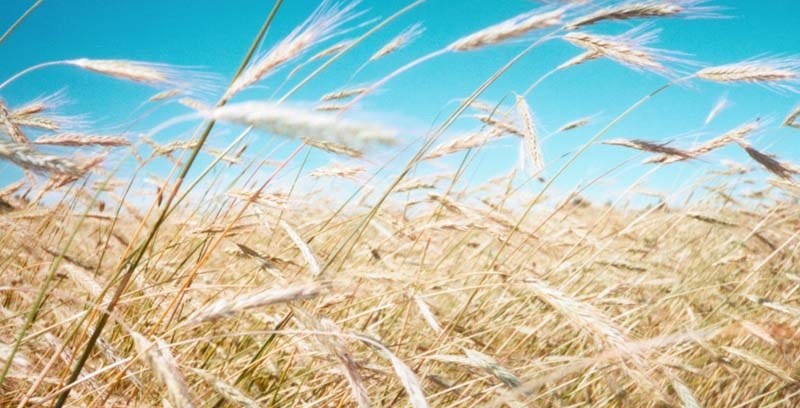County farmers might be in for a bad year for bertha armyworms if last year’s bug surveys are any indication, says a provincial pest specialist.
Scott Meers, an insect management specialist with Alberta Agriculture, co-hosted a live Q&A session this week at the FarmTech conference in Edmonton.
The session is a live version of the weekly #ABbugchat sessions he holds on Twitter to keep growers abreast of the latest crop pests in Alberta, Meers said prior to the talk.
“The audience will decide what I present,” he said, and the session should be very interactive. “I have no idea what we’ll end up with.”
When asked to look ahead at bugs in the Sturgeon County region, Meers said this year’s heavy snows will make it easier for many pests to survive the winter – a fact that the recent melt is unlikely to change.
Based on last fall’s surveys, Meers said the county region should expect relatively low levels of wheat midge and grasshoppers this summer, but might get some of the bertha armyworm trouble that plagued east-central Alberta last year.
“Bertha armyworms are green, brown or black caterpillars that eat canola, rapeseed, mustard and alfalfa.
“We’re suspicious the bertha army issue may have migrated (here) from east-central Alberta,” he said.
Traps showed elevated numbers of the worm in that region last year, with a few locations having near-outbreak levels.
Meers said it’s tough to say how bad this year will be, as there are many natural predators that could keep the armyworm population in check.
“The moth flight (this June) will tell us what the risk is,” he said.
E-mail Meers at [email protected] for more on crop pests.
A Three Hills-area agronomist has hit on a winning formula he says farmers can use to get up to 20 per cent more out of their barley crops.
Steve Larocque, an agronomist with the crop-consultancy firm Beyond Agronomy, spoke this week about the Barley 180 project at the FarmTech conference in Edmonton.
The average barley farmer in Alberta gets about 80 bushels of crop per acre, Larocque said – his test fields average about 100 per acre. Yet back in the 1990s, Alberta Agriculture and Westco Fertilizer developed techniques on small test plots in southern Alberta that produced yields equivalent to 180 an acre.
“How on Earth did they do that?” he asked.
In 2011, Larocque teamed up with a few southern Alberta farmers to try and duplicate these results on a commercial scale – something provincial scientists hadn’t had the funding to do. His team now has three years of results.
Larocque said his team is seeing 13 to 20 per cent yield increases overall, but some fields generated anywhere from 100 to 156 bushels per acre.
“I think in the odd year you might be able to get 180,” he said.
Three factors seemed to make the difference.
First, Larocque and his team applied a second batch of nitrogen to their fields after the plants had started growing. Nitrogen appears to be a limiting nutrient in Alberta, and farmers aren’t applying enough of it.
Next, they sprayed fungicides on the crop at a specific time during development to keep them alive longer and make better use of this nitrogen. Larocque said most barley growers aren’t doing this, which is cutting into their yields.
The biggest element was the use of growth regulators, Larocque said. While virtually unknown amongst western barley farmers, these hormone-regulating substances are very common in Europe.
High-yield barley crops tend to grow tall and top-heavy, Larocque said, meaning they fall over before they can be harvested, causing losses. Applied at the right time, growth regulators can cause barley to grow wider, thicker stems instead of taller ones, which keeps them upright.
Larocque and his team found that the higher yields they got outweighed the costs of these additional chemicals in the first year of their study. The opposite was true in years two and three, when too much and too little rain drove their yields back into the average range.
Larocque said these techniques might not be for everyone, as they add about $35 to $45 an acre to your expenses.
“But if you can get an extra 20 to 30 per cent (yield), it more than covers the costs,” he said.
Contact Larocque at [email protected] for details.




